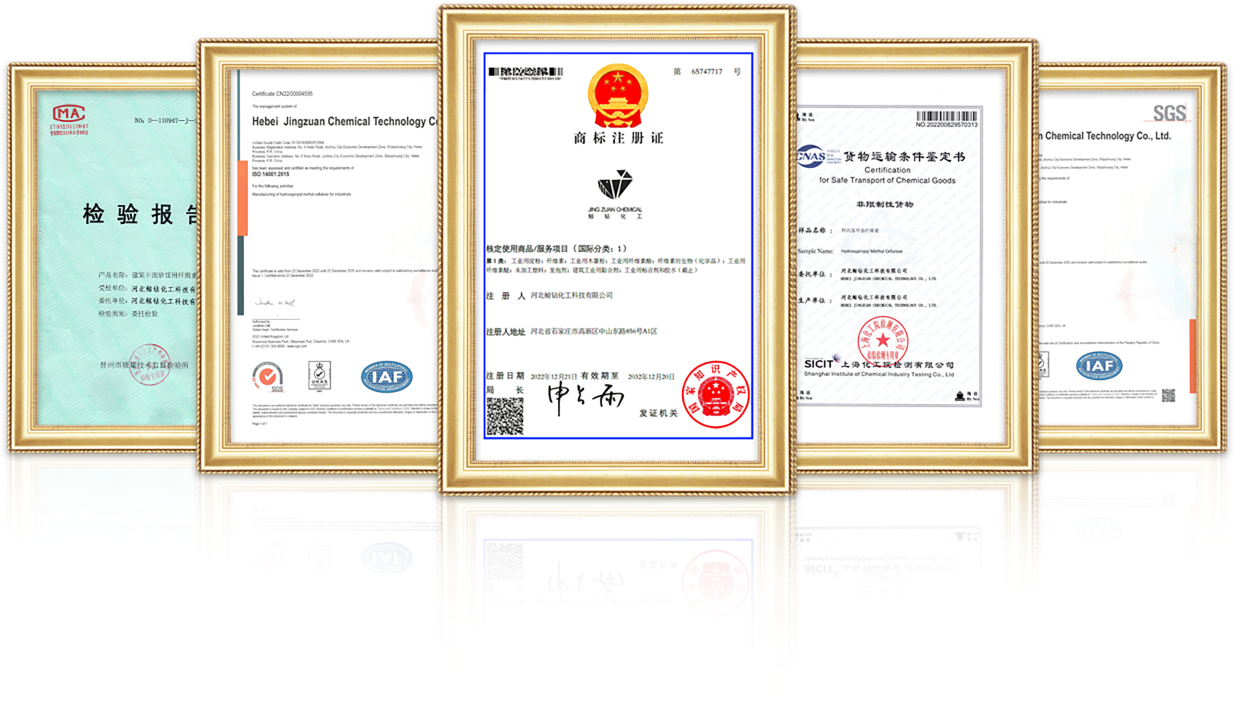
Gor . 25, 2024 04:31 Back to list
Exploring the Applications and Benefits of Hydroxyethyl Cellulose in Various Industries and Products
Understanding Hydroxyethyl Cellulose Properties and Applications
Hydroxyethyl cellulose (HEC) is a non-ionic water-soluble polymer derived from cellulose, a natural polymer obtained from the cell walls of plants. It is created through the chemical modification of cellulose, which includes the reaction of alkali cellulose with ethylene oxide. HEC is characterized by its ability to retain water and form gels, making it an essential ingredient across various industries.
HEC possesses unique properties that contribute to its functionality. One of its most remarkable features is its solubility in water, where it can effectively hydrate to form viscous solutions. This property makes HEC a valuable thickener, stabilizer, and film-forming agent. The viscosity of HEC solutions can be adjusted by altering the molecular weight of the polymer, providing flexibility for different applications. The product is typically odorless and tasteless, which further enhances its appeal for use in formulations intended for human exposure.
Understanding Hydroxyethyl Cellulose Properties and Applications
The pharmaceutical industry also leverages the properties of HEC for various applications. It is often used as a thickening agent in topical formulations and as a binder in tablet formulations. HEC’s biocompatibility makes it suitable for use in drug delivery systems, where it can help control the release of active pharmaceutical ingredients. This application is particularly beneficial in formulating sustained-release medications, allowing for prolonged therapeutic effects and enhanced patient compliance.
hydroxyéthyl cellulose

In the food industry, HEC serves as a food additive, where it is used to improve the texture and consistency of various products. It can enhance the mouthfeel of sauces and dressings, while also acting as a stabilizer in dairy products and processed foods. As consumers seek healthier options, HEC's ability to provide texture without adding calories makes it an attractive choice for food manufacturers aiming to reduce fat or sugar content.
Moreover, HEC has found significant utility in the construction industry. It is commonly incorporated into cement-based materials to improve workability and adhesion. Its water-retaining properties help to prevent premature drying, ensuring that cement mixtures remain workable for longer periods. This is particularly advantageous in regions with high temperatures or low humidity, where rapid drying can compromise the quality of construction materials.
Despite its benefits, the production and use of HEC must be approached with environmental considerations in mind. While HEC is derived from natural cellulose, the chemical processes involved in its production can raise concerns about sustainability and pollution. Ongoing research focuses on developing more eco-friendly methods for synthesizing HEC, as well as exploring the potential for recycling and biodegradability.
In conclusion, hydroxyethyl cellulose is a versatile and valuable polymer with numerous applications across various industries, including cosmetics, pharmaceuticals, food, and construction. Its unique properties of water solubility, thickening capabilities, and biocompatibility make it an essential ingredient in many formulations. As industries continue to evolve, the demand for natural and sustainable products will shape the future of HEC, promising further innovations and applications. Whether enhancing personal care products or improving construction materials, hydroxyethyl cellulose remains a significant contributor to modern formulations and technologies.
-
The Ultimate Guide to Mortar Bonding Agent
NewsAug.06,2025
-
Redispersible Powder: The Ultimate Solution for Modern Construction Needs
NewsAug.06,2025
-
HPMC: Unlocking Versatility in Industrial Applications
NewsAug.06,2025
-
HPMC: Revolutionizing the Industry with Superior Formulations
NewsAug.06,2025
-
Discover the Power of Redispersible Polymer Powder
NewsAug.06,2025
-
All You Need to Know About Mortar RDP
NewsAug.06,2025







